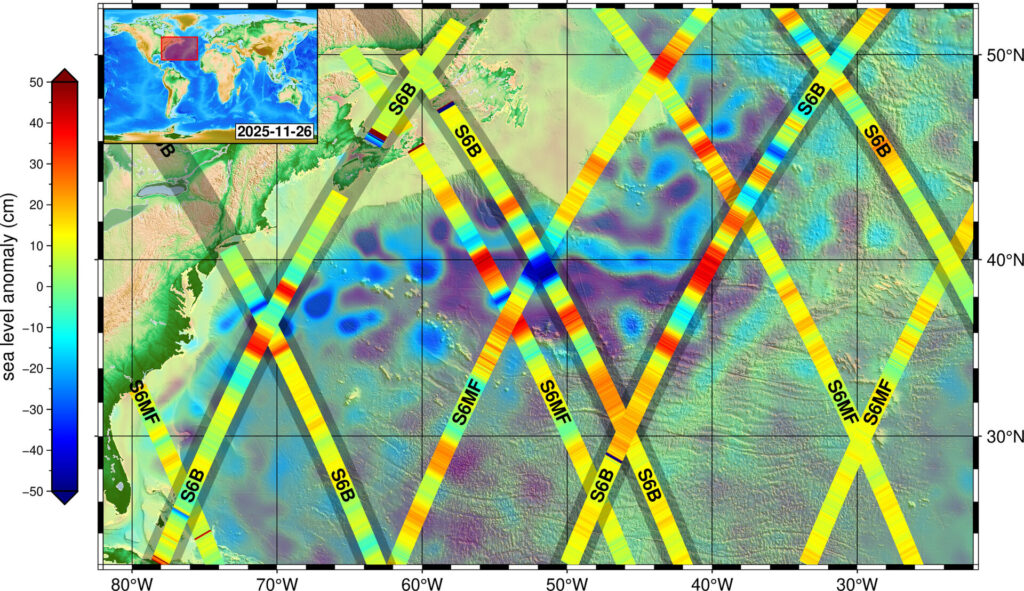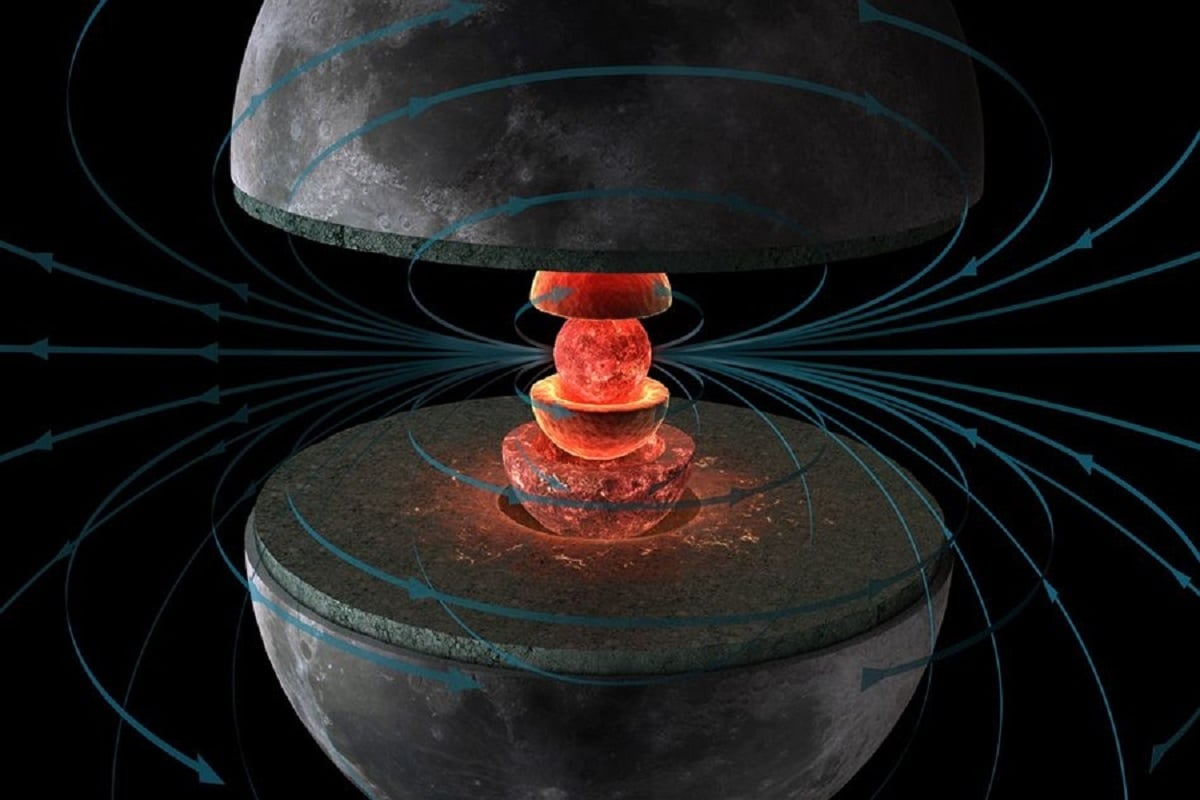Now Reading: A troubling shift in Europe’s forest carbon balance
-
01
A troubling shift in Europe’s forest carbon balance
A troubling shift in Europe’s forest carbon balance


30/07/2025
119 views
1 likes
Europe’s forests play a crucial role in removing carbon dioxide from the atmosphere, but research led by the European Commission’s Joint Research Centre has found their capacity to absorb carbon dioxide has declined in the past decade.
The article published in Nature details the forest carbon sink decline and its causes. It sets out research priorities for forest monitoring and modelling, as well as the need for better forest management to improve our understanding of the forest carbon sink, resilience of forests, and to guide policy to safeguard this vital asset.
A clear understanding of the ability of forests to absorb carbon dioxide is crucial in planning strategies to achieve climate neutrality.
In light of European forests’ declining ability to act as a carbon sink, the EU’s goal of climate neutrality by 2050, as set out in the European Climate law, is under threat. The article calls for prompt action and advocates for the use of Earth observation data as a valuable tool for improving the knowledge necessary to achieve a balance between carbon emissions and removal from the atmosphere.
The findings draw on ESA-supported Earth observation data, including from the Climate Change Initiative’s RECCAP-2 and DeepFeatures projects. These datasets offer a detailed picture of how carbon moves between soil, trees, and the atmosphere.
The role of forests and emissions
Forests cover around 40% of the EU’s land and, between 1990 and 2022, absorbed roughly 10% of the bloc’s greenhouse gas emissions from human activity. But this natural carbon sink is shrinking, reducing its ability to remove carbon from the atmosphere.
According to the European Environment Agency (EEA), the removal of carbon dioxide from the atmosphere by forests and land use has decreased in the past 10 years, “mainly as a result of increased harvesting of wood and lower sequestration of carbon by ageing forests”. The EEA states that the average forest carbon sink between 2020-2022 decreased by about 27% compared to the average sink in 2010-2014. As well as logging and ageing trees, the decline is also driven by more frequent droughts, heatwaves, disruptive events such as insect outbreaks, wildfires and plant disease.
The study outlines urgent priorities to close knowledge gaps with more accurate tracking of carbon fluxes and modelling the impact of extreme weather. Researchers also stress the need for standardised, transparent forest data across the EU, and new tools to anticipate the long-term consequences of climate interventions such as planting new forests.
The article recognises that satellite data – combined with in-situ and airborne observations as well as Artificial Intelligence – provide essential information to map forest resources in a timely way. The article’s authors call for “greater transparency, standardisation and timeliness in forest data generation and dissemination”.
Climate Change Initiative provides supporting data
Several of the article’s authors contribute to the RECCAP-2 project, supported by ESA’s Climate Change Initiative (CCI). RECCAP-2, which focuses on improving knowledge of land-based carbon, has published several studies underlining the need to better understand and develop existing land carbon monitoring frameworks.
• For example, in 2024, RECCAP-2 published a study which showed net human-generated greenhouse gas emissions across Europe fell by 25% since the 1990s (compared to the 2010s). While this is good news, the study also found that the ability of land and vegetation to absorb carbon is weakening, in agreement with the statements made in the Nature article.
• Earlier this year, the RECCAP-2 team published a study based on data from ESA’s Soil Moisture and Ocean Salinity (SMOS) satellite, which found that northern hemisphere forests, once reliable carbon sinks, have been emitting more carbon than they absorb since 2016
• One of the ways forward identified by the authors of the article in Nature is for better datasets on deadwood and the carbon retention of soil in EU forest management. A 2025 RECCAP-2 study reiterates the importance of factoring in soil carbon and deadwood management in policy instruments. The RECCAP-2 study found that land absorbed around 35 gigatonnes of carbon between 1992 and 2019, with only 6% of this stored in living vegetation such as trees, with the majority stored in non-living reservoirs such as soil, dead wood and sediments.
“Improving our understanding of where carbon is stored makes a huge difference in how we assess carbon dynamics. Our research has the potential to contribute to a better assessment of the collective progress made towards achieving the purpose of the Paris Agreement to combat climate change,” stated Clement Albergel, head of ESA’s Actionable Climate Information section.
Stay Informed With the Latest & Most Important News
Previous Post
Next Post
-
 012024 in Review: Highlights from NASA in Silicon Valley
012024 in Review: Highlights from NASA in Silicon Valley -
 02Panasonic Leica Summilux DG 15mm f/1.7 ASPH review
02Panasonic Leica Summilux DG 15mm f/1.7 ASPH review -
 03From Polymerization-Enabled Folding and Assembly to Chemical Evolution: Key Processes for Emergence of Functional Polymers in the Origin of Life
03From Polymerization-Enabled Folding and Assembly to Chemical Evolution: Key Processes for Emergence of Functional Polymers in the Origin of Life -
 04How New NASA, India Earth Satellite NISAR Will See Earth
04How New NASA, India Earth Satellite NISAR Will See Earth -
 05And Thus Begins A New Year For Life On Earth
05And Thus Begins A New Year For Life On Earth -
 06Astronomy Activation Ambassadors: A New Era
06Astronomy Activation Ambassadors: A New Era -
07SpaceX launch surge helps set new global launch record in 2024




















